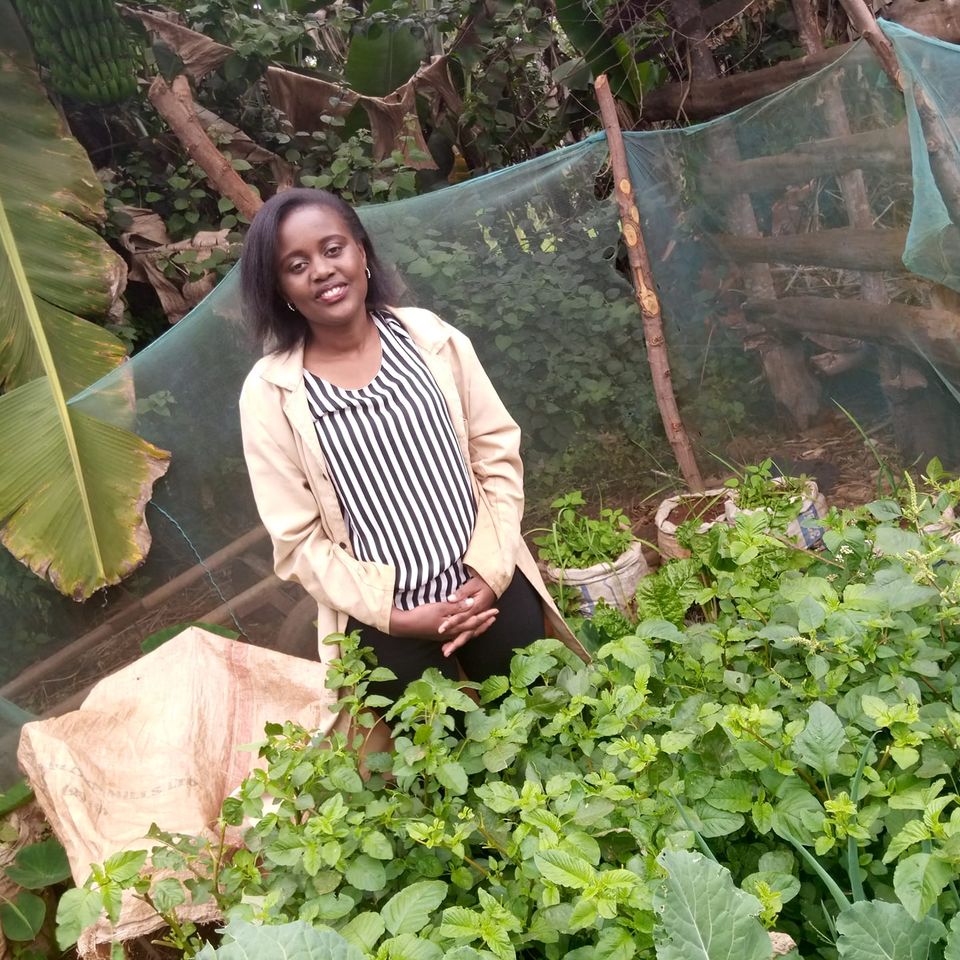
By George Munene
Ecodudu, a waste-to-value company housed at the Chandaria Business Innovation Incubation centre, is seeking to recruit small to medium scale farmers looking to generate extra revenue by rearing the insects on their site with the company’s support.
Black Soldier Flies (BSF) are a cheap alternative source of protein for pigs, poultry and fish. They offer equal value to more expensive protein sources such as omena, fishmeal and soybeans thus are useful for farmers looking to lower their production costs.
Birthed in 2017, the Company’s co-founder Starlin Farah, explains that a farmer needs to demonstrate a capacity to feed the flies on sources of organic waste available to them on their farm or household level. Though a greenhouse works best in rearing the fly, a basic farm shed could also be repurposed to house and grow BSF.
Related News: How to grow own black soldier larvae for feeding indigenous chicken
Related News: High school dropout earns decent cash form rearing earthworms
While the black soldier fly takes 31 days to mature, Ecodudu sells farmers young larvae to rear from the fifth to nineteenth day—the time they are young larvae until about their prepupa stage. The insects are vociferous eaters and gain up to ten times their weight after just 14 days. The firm buys back mature flies from farmers at Sh50-90 per kilogram. They are dried and packaged as Dudu Meal feed which has a 45% crude protein content and 36% of fats.
Black soldier flies are neither pests nor vectors; like redworms, they are useful in decomposing organic substrates, composting household and agricultural waste products. Ecodudu sells this fortified bio-fertiliser.
Ecodudu seeks to harness insects as recycling agents in use to address global issues such as waste management, growing protein demand and environmental conservation. The company is part of the FoodTech Africa Accelerator Program 2020 and its founders are finalists for this year's under 30 agriprenuer of the year award.
Farmer Registration: https://ecodudu.com/farmers-registration/
Ecodudu: +254 725-888-071/ +254 721-237-009
Write comment (12 Comments)
















